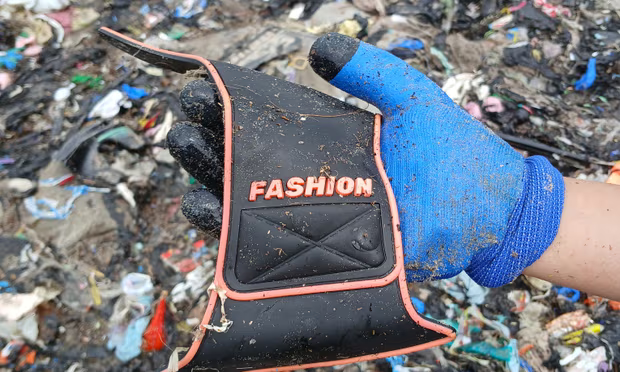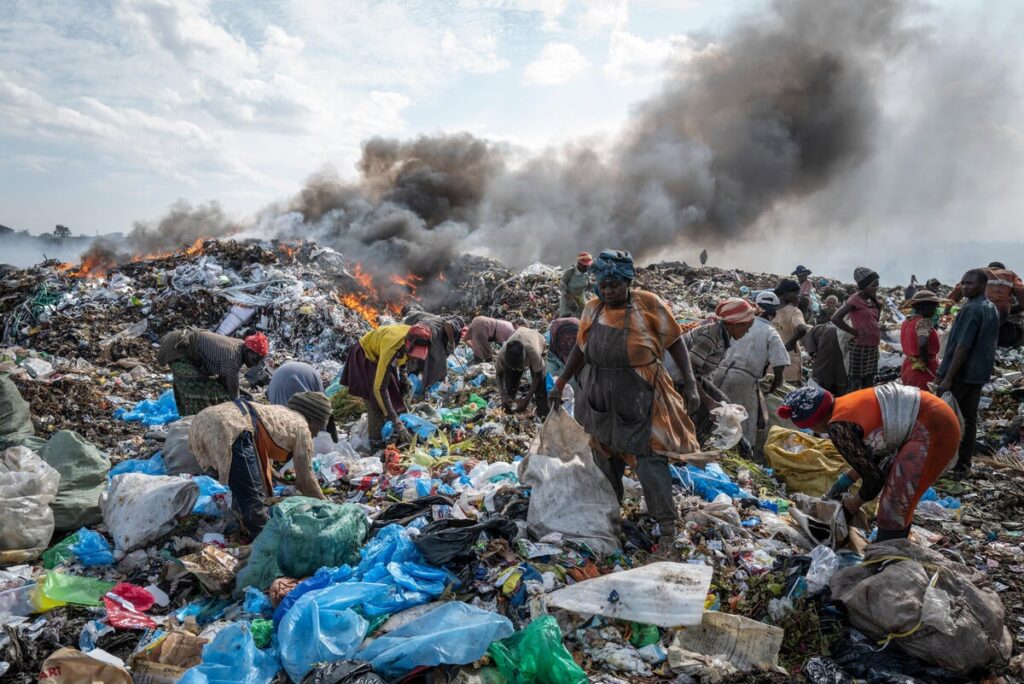TAFF Monthly Recap: Spreading Awareness, Giving Back, and Making an Impact!

This month, TAFF ambassadors took action against fast fashion by donating clothes, educating communities, and supporting teens affected by the LA fires. From hosting clothing swaps to raising $7,300 for relief efforts, their impact continues to grow. Read the full recap!
A Letter from the Founders — TAFF 2024: A Year of Growth, Impact, and Hope

Instagram Donate As we reflect on everything that Teens Against Fast Fashion (TAFF) has accomplished this year, we’re filled with gratitude and pride. What started as a passion project between two teens has grown into something we could have never imagined—a global movement fueled by the dedication of young people determined to rewrite the future […]
Fast Fashion: How It Impacts Retail Manufacturing

What Is Slow Fashion?
Slow fashion—a concept first introduced in 2008 by fashion and sustainability consultant Kate Fletcher—uses environmentally friendly processes and materials through mindful manufacturing, focusing on quality rather than quantity.
9
10
Mindful manufacturing, an idea championed by 3D printing company Stratasys, is the concept of developing more efficient production, sound chemical and solid waste disposal practices, reusable materials, and recycled packaging.
What Are Some Fast Fashion Examples?
Some examples of companies in fast fashion are Stradivarius, Victoria’s Secret, Urban Outfitters, and Zara.
Who Benefits From Fast Fashion?
Consumers who enjoy the latest fashion with the advantage of low prices benefit, but the primary beneficiaries are investors, owners, and other stakeholders who profit from the practice.
The Bottom Line
Fast fashion increases consumer spending and profits. It satisfies the consumer’s need to participate in a fashion trend. However, critics say the industry contributes to climate change, pesticide pollution, and waste. The debate around fast fashion and its alternatives will continue as long as consumers seek to buy the latest styles at low prices and rapid replenishment rates.
Where does the UK’s fast fashion end up? I found out on a beach clean in Ghana

There are enough garments in the world to dress the next six generations. Yet the number of clothes being produced in the global north is soaring – and poisoning poorer countries
Fast fashion | History, Definition, Brands, Companies, Environmental Impact, Waste, & Facts

fast fashion, a term describing the rapid production of inexpensive, low-quality clothing that often mimics popular styles of fashion labels, big-name brands, and independent designers.
Everything You Need to Know About Fast Fashion

Fast fashion is quickly produced trends sold at low price points. But producing and consuming clothing at the current rate we are is taking a massive toll on…
What is fast fashion, and why is it so controversial?

Fast fashion is the term used to describe the quick production of garments in bulk to keep up with the seasons or ever-changing trends.
What is fast fashion and why is it a problem?

We look at what fast fashion is and how it’s contributed to significant social and environmental problems that fashion brands are now struggling to address.
Ultra-fast fashion is a disturbing trend undermining efforts to make the whole industry more sustainable

Ultra-fast fashion is marked by even faster production cycles, blink-and-you’ll-miss-it trends, and poor labour practices. Brands like Shein, Boohoo and Cider…
(PDF) Fast Fashion Issue in Vietnam: Legal Aspects and Environmental Protection

The author examines the fast fashion trends in Vietnam from the perspective of law enforcement, and environmental protection under the goal of maintaining…
How fast fashion is fuelling the fashion waste crisis in Africa

Fashion waste from fast fashion brands and imported second-hand garments has triggered a water pollution crisis in numerous African countries. This is mainly…
The carbon footprint of fast fashion consumption and mitigation strategies-a case study of jeans

Due to the fast shipping by air in fast fashion, its carbon footprint of transportation is 59 times (0.52 kgCO2e) higher than that of traditional fashion…
The ‘green business’ paradox, and fashion’s potential to fix it #2

A post-Climate Week reckoning: industries aren’t set up to tackle climate change. That includes fashion, but there are ways to correct course.